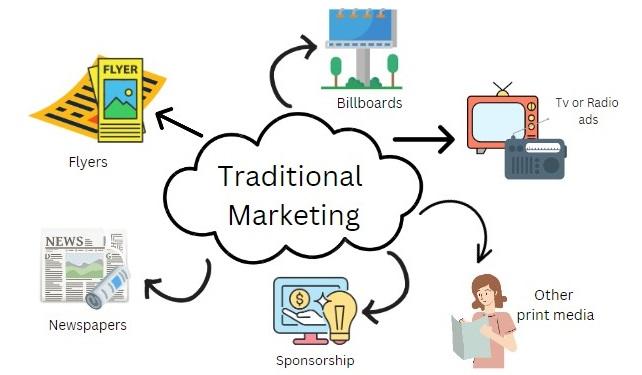Navigating the world of finance and marketing involves understanding the intersection between these two essential functions and leveraging their synergies to achieve business objectives. Here’s a guide to help you navigate this dynamic landscape effectively:
Develop a Holistic Perspective:
Recognize the interconnectedness of finance and marketing within organizations. Understand how financial decisions impact marketing strategies and vice versa, and consider both perspectives when making business decisions.
Stay Informed About Market Trends:
Stay updated on market trends, economic indicators, and consumer behavior that can influence both financial markets and marketing strategies. Monitor industry news, market research reports, and economic forecasts to anticipate changes and opportunities.
Integrate Financial and Marketing Goals:
Align financial goals, such as revenue targets, profitability metrics, and return on investment (ROI) objectives, with marketing goals, such as customer acquisition, brand awareness, and customer engagement. Ensure that financial and marketing strategies are mutually supportive and contribute to overall business success.
Leverage Data Analytics and Insights:
Use data analytics tools and techniques to gather actionable insights from financial and marketing data. Analyze financial performance metrics, customer demographics, purchasing behavior, and market segmentation to inform strategic decision-making and optimize resource allocation.
Collaborate Across Departments:
Foster collaboration and communication between finance and marketing teams to share insights, align strategies, and coordinate activities. Encourage cross-functional teamwork and information-sharing to leverage each department’s expertise and perspective.
Embrace Digital Transformation:
Embrace digital technologies and innovations that are transforming both finance and marketing landscapes. Leverage digital marketing platforms, analytics tools, and automation solutions to enhance customer engagement, personalize marketing efforts, and drive financial performance.
Balance Short-Term and Long-Term Objectives:
Strike a balance between short-term financial objectives, such as revenue growth and profitability, and long-term marketing objectives, such as brand equity, customer loyalty, and market share. Develop strategies that prioritize both immediate financial results and sustainable long-term growth.
Mitigate Financial Risks in Marketing Initiatives:
Assess and mitigate financial risks associated with marketing initiatives, such as overspending on advertising campaigns, underestimating customer acquisition costs, or misallocating marketing budgets. Implement risk management strategies to protect financial resources and minimize potential losses.
Measure and Evaluate Performance:
Establish key performance indicators (KPIs) and metrics to monitor the effectiveness of financial and marketing strategies. Regularly track and evaluate performance against these metrics, identify areas for improvement, and adjust strategies as needed to optimize results.
Continuously Learn and Adapt:
Stay agile and adaptable in response to changing market dynamics, emerging trends, and evolving consumer preferences. Continuously seek opportunities for learning and skill development in both finance and marketing domains to stay competitive and innovative in the dynamic business environment.
By navigating the world of finance and marketing with a strategic mindset, collaborative approach, and commitment to excellence, you can leverage the synergies between these two functions to drive business growth, enhance customer value, and achieve sustainable success in today’s competitive marketplace.








